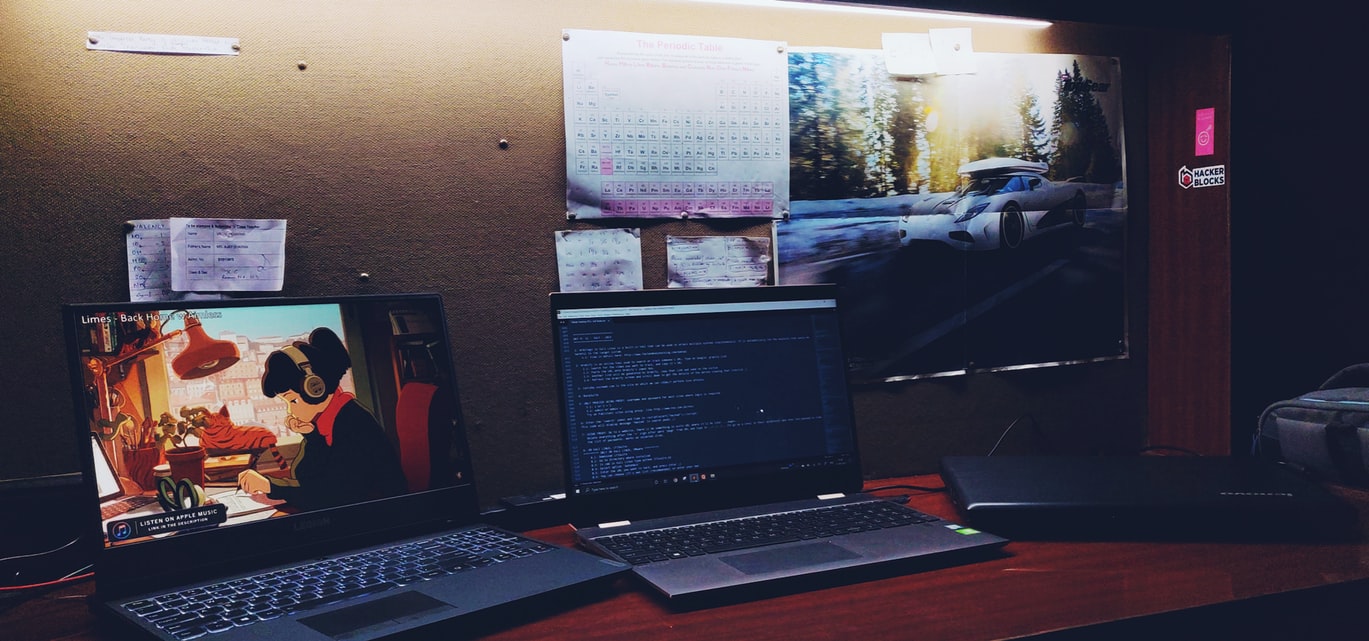


You can hear lo-fi’s influence on popular albums like the Black Panther soundtrack, which gave us radio hits like “All the Stars” and “Pray for Me” early in 2018. There’s often a strong musicality to lo-fi tracks, and virtually no vocals-it’s all soft beats, muted brass, and light piano tinkling. Lo-fi hip-hop, often just called “lo-fi,” refers to hip-hop built on more traditional music styles like jazz and blues, buttressed by elements like drum machines, but all taken down a notch. It’s separate from lo-fi rock, which prides itself on the charming grit of minimal production. A few years later, Liz Phair and Beck helped break the lo-fi aesthetic into the mainstream, albeit in a more streamlined fashion.Lo-fi is a distinct version of hip-hop that, outside of its flagship YouTube channels, has crept into the larger hip-hop canon in recent years.įor those that don’t spend all their waking hours on YouTube, lo-fi is a distinct version of hip-hop that, outside of its flagship YouTube channels, has crept into the larger hip-hop canon in recent years. By 1992, groups like Sebadoh and Pavement had become popular cult acts in America and Britain with their willfully noisy, chaotic recordings. Several groups in the late '80s, like Pussy Galore, Beat Happening, and Royal Trux earned small cult followings within the American underground. Initially, lo-fi recordings were traded on homemade tapes, but several indie labels - most notably K Records, which was run by Calvin Johnson, who led the lo-fi band Beat Happening - released albums on vinyl.

Even when the groups kept the songs relatively straightforward, the thin quality of the recordings, the layers of tape distortion and hiss, as well as the tendency toward abstract, obtuse lyrics made the music sound different and left of center. Often, these lo-fi bands fluctuated from simple pop and rock songs to free-form song structures to pure noise and arty experimentalism. Most of this music grew out of the American underground of the '80s, including bands like R.E.M., as well as a handful of British post-punk bands and New Zealand bands like the Chills and the Clean. However, the term came to refer to a breed of underground indie rockers that recorded their material at home on four-track machines. In that sense, the earliest rock & roll records, most of the garage rock of the '60s, and much of the punk rock of the late '70s could be tagged as Lo-Fi. Throughout rock & roll's history, recordings were made cheaply and quickly, often on substandard equipment. During the late '80s and early '90s, lo fidelity became not only a description of the recording quality of a particular album, but it also became a genre onto itself.


 0 kommentar(er)
0 kommentar(er)
